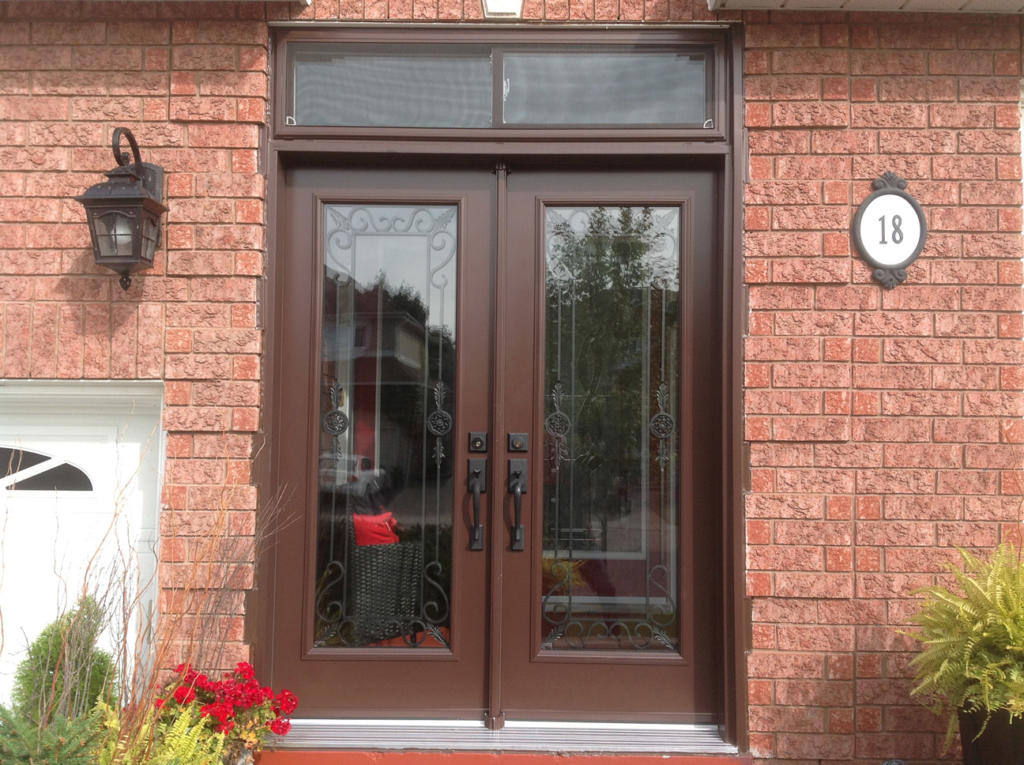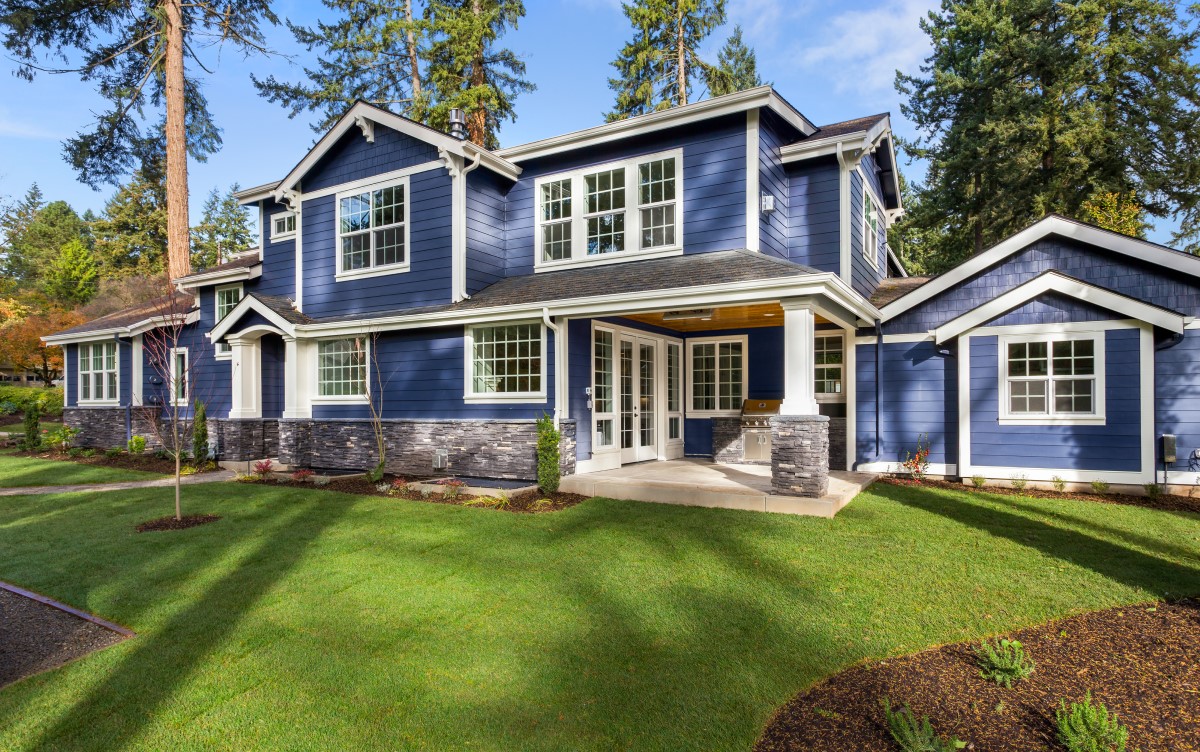It is usually in the winter when you notice your windows and doors are letting cold air inside the house. Although there might be some other reasons why a room might feel too cold, from inadequate wall or attic insulation to poor air exchange in the ducts, a simple test will help you identify the problem if it is not obvious enough.
Say you suspect a drafty window but do not know exactly which window or door it is, attempt the following: hold a burning incense stick or candle close to the problem windows and look at the smoke. If it starts fluttering or trembling, the window does, in fact, let the cold air in. Another obvious problem is when the windows show excessive condensation on the glass.
When Should You Think of Replacing Windows and Doors?

You expect your windows’ performance to naturally deteriorate over time, but there are specific signs it is time for window replacement:
- Excessive heat loss
- Cracked, rotten, or warped window panes
- Excessive condensation buildup between the panes
- Visible leaks, most noticeable after strong directional rain
If the window or door does not close properly

Overall, the house may lose over 10% of its heat through drifty windows. At -17°C outside—assuming the temperature in the house is around 20°C—, the temperature of the glass surface inside should measure around 6°C for regular windows and 13°C for high-efficiency windows.
When Is the Best Time to Replace Your Windows

Most replacement projects roughly take 6 to 8 weeks from the date of signing the contract until complete installation. Since the projects usually cover all the windows and doors replacement, or at least, one side of the house, as you would want the styles of windows and colors of the frame to be consistent it does require a longer production part and preparation.
Traditionally windows and door replacement projects are scheduled between April and May. Usually at that time, the weather is warm enough to start the project, and clients still remember how uncomfortable it was during the winter months.

Another reason is that window and door replacement could only be a part of a bigger renovation project, and it is usually scheduled earlier in the season to be completed by fall or before the winter.
Sometimes, if you sign the contract before the season starts, you can get an advantage of an early-bird discount. That works great both for clients and contractors! The clients get the guaranteed lower price, and contractors are able to optimize production and installation.
Take Advantage of Off-Season Prices!

If you have not made the plans to replace the windows at the beginning of the year, there is still plenty of time to do it later. In fact, there is quite a few advantages to that! First of all, you are getting better pricing for replacing windows and doors during the slower colder seasons of the year. Secondly, because contractors are not inundated by work during the off-season, they are not in a rush to complete the project and you can rest assured they will take care of your window and door replacement project.

Luckily, modern technology and materials allow to expand the installation time almost throughout the year. Window installations can be effectively performed when the temperature outdoor is as low as -20°C (including the windchill factor). Although the vinyl in the windows is made to withstand much lower temperatures, it does become more brittle and there is a higher risk of cracks during the installation process.
Replacing windows and doors is a major project and it does require careful planning in advance. If you are unsure about when it is best for you to take on window and door replacements, contact a window contractor to get an idea of the most convenient time of year to replace your doors and windows.
RELATED ARTICLE: Window Replacement Cost



